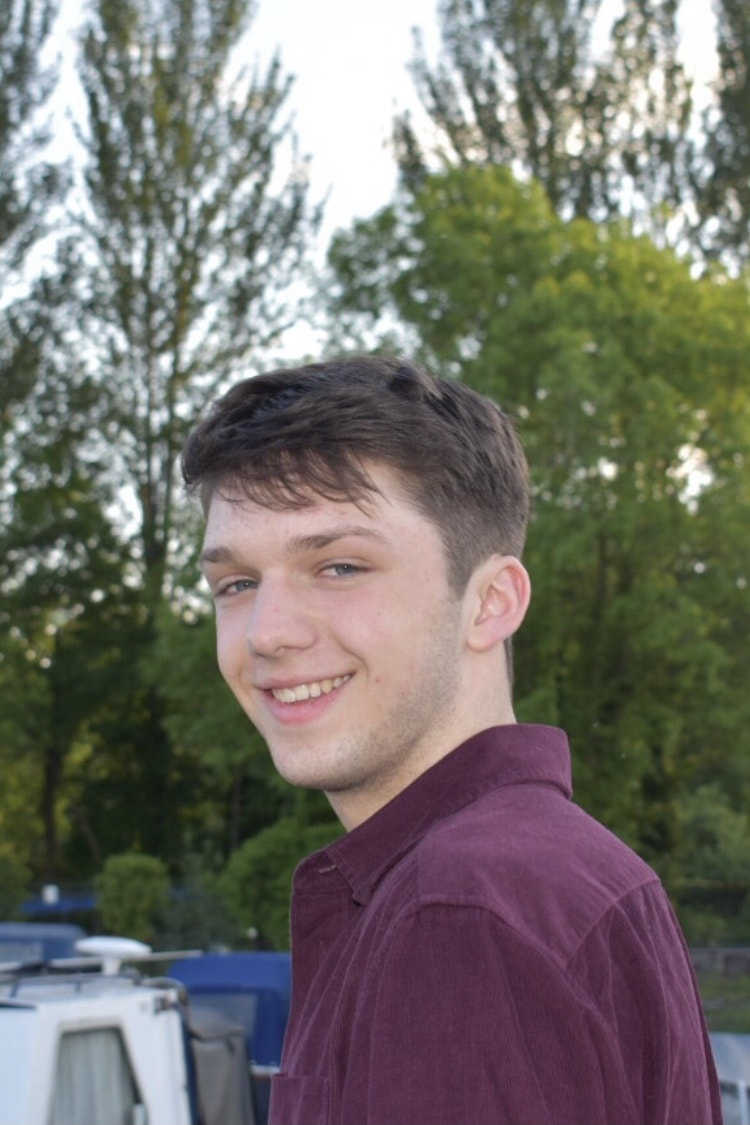|
In 2019, the United Nations High Commissioner for Refugees estimated that the number of refugees of school age was 7.1 million. Their levels of education vary widely. While many refugees are well educated, the data shows the extent of the problem: compared to the global average of 91%, only 63% of refugees receive a primary education, with only 24% attending secondary education. Education is particularly vital to refugees. Not only is it an opportunity to receive qualifications, but for many it also forms their early social development and is a crucial tool for integration into their new society. However, the task of effectively integrating refugees into a country’s education system is by no means an easy one. They must be assessed for level of education, provided with adequate language training, and then, ultimately, successfully integrated into the country’s regular classes. However, enrolment in local schools presents obstacles for the refugees themselves. How does a young refugee negotiate the difficulties of dual identity, forming friendships with children from another cultural background and ensuring academic progress in an unstable environment? The Covid-19 pandemic has only worsened the situation – young refugees have been particularly affected by the disruptions to education. Yet despite recent setbacks, education remains essential to improve not only the lives of refugees but give them the tools to effect their own changes in the world. Host countries integrating refugees into education Undeniably, refugees deserve access to education. Under international law, all host countries are obliged to provide full and free education to refugees – ‘women, men, boys and girls of all ages and backgrounds — whether migrants, refugees, asylum seekers, stateless persons, returnees or internally displaced persons — have the right to education,’ wrote the UN Special Rapporteur on the Right to Education in 2010. The host country’s obligation is clear, but the creation of policies to provide this education in an accessible and effective way is a difficult task. A refugee’s journey from their home country to their destination is rarely easy. Having been displaced, many have no option but to temporarily reside in another country along the route. Serbia has been one such example – from 2012 onwards, with persistent conflicts in Syria, Iraq and Afghanistan, many refugees stopped off in Serbia along their route to Western Europe. How, then, does a country meaningfully educate refugees who have no plans to become permanent residents? Understandably, young refugees may have little motivation to begin the task of learning Serbian and integrating with the local culture, only then to be moved on and repeat the process. Indeed, refugees’ parents are often reluctant to enrol their children in education for fear that it might hinder their chances of reaching their destination country. In response to this issue, the accepted method in most countries has been to segregate refugees temporarily from regular schools, by doing so allowing them to ‘catch up’ with the local pupils through intensive language lessons and regular classes in their mother tongue. While this system may be practically easier in the short term, it can contribute to young refugees’ sense of displacement, insecurity and exclusion. Neither is a system which immediately integrates them into regular schooling without problems, since they require constant support with translation and to prevent them from social exclusion. Serbia, however, increasingly sends refugees into the regular school system with little to no segregation. Traditional ‘destination countries’ also favour this model. The English Department for Education, for example, announced plans in September 2021 to give incoming Afghan refugees free English lessons and provide £12 million to find places for them at school. ‘You are here now, and we work as though you are going to settle down in this country permanently. But if you are permitted and decide to leave tomorrow you will bring something valuable with you.’ This was Professor Nihad Bunar’s praise of the Serbian outlook to refugee education. No single approach is perfect, but one which treats refugees as permanent and equal citizens can give an excellent educational foundation. After a wave of refugees in 2015 and 2016, Germany has found success integrating refugees into education and the workforce. In an interview in 2017, 18-year-old Afghan refugee Rahimy described becoming fluent in German in a year and a half and completing his education in Germany. Speaking about his upcoming apprenticeship, he explained, ‘I just want to stand on my own two feet.’ The social difficulties for refugees in school Attending school is more than simply a way to receive qualifications. For young refugees, particularly those of primary school age, it is as much a social opportunity as it is an educational one: forming friendships and mixing with native students is essential to integrate into the host country’s society. Covid-19 presents particular trials for refugees; online learning and the lack of face-to-face socialising has made the task of making friends and integrating significantly more difficult. A challenge faced by refugees in schools is that of forming friendships with native children. Many feel that there is little point even trying, since they know they may be living somewhere else in a matter of months. However, when attempting to make friends, refugee children are often faced with a significant disadvantage. Key aspects of forming friendships include similarities, shared experiences, and cultural affinities which young refugees commonly lack with native schoolchildren. Given differences in education standards between countries, age gaps between refugee and native classmates can be significant. In a study of young refugees’ experiences with friendships, some children described the loneliness they felt being excluded by their native classmates. ‘Things are better now, yes. At first, I was totally lonely, but then I joined the scout club, and then I made lots of friends there. And they live in the same part of town as I, so now things are fine,’ described Ava, a 14-year-old refugee living in Sweden. ‘I have some Swedish girls in my class, but I don’t hang out with them much,’ stated Susanna, another refugee student. ‘We are not used to them, like they are different. I don’t mean they are different, but like, they are in other ways. We talk about things we like. They talk about things they like.’ This ‘culture clash’ can be one of the largest difficulties for refugees in education. In part, it relates to their identity – when they mix with native schoolchildren, they are seen – and see themselves – as refugees. It is hardly surprising, therefore, that many of the interviewed refugees preferred to spend time with their families and fellow refugee friends, where they feel more at home. The balance between school life and home life is rarely easy to manage, often leaving refugees with a split identity. In 2004, the French government introduced a ban, later nicknamed the ‘veil law’, on visible religious symbols in state schools. The law disproportionately affected Islamic girls, many of whom were culturally required to wear headscarves. As a result of the conflict between the laws of their religion and the laws of their country, girls were often expelled, moved to private schools or removed from education entirely. Mary Baker, who fled to Kenya from South Sudan to at the age of four, explained her difficulties negotiating family values and education. ‘My uncle did not find it fit for me to go to school, simply because I was a girl,’ she described in her TED Talk. ‘He would say, “Educating a girl is a waste of time,” and for that reason I missed many days of school.’ Yet she recounted her joy on entering school – ‘I could sing and laugh again.’ Years later Mary completed her education, and now teaches young refugees herself. Conclusions Life for refugees in education is difficult. There are challenges for governments to overcome in accommodating refugee students, yet these are also opportunities. Providing education sets up refugees for success, and in turn they can pay the country back with a young, educated workforce. Despite the unique challenges to young refugees while in school, such as split identity, pressure to integrate into local culture, and difficulties adjusting to the local language, education nevertheless provides them with an excellent opportunity for improving their situation. But it is not just about helping those that have been able to flee their countries: ‘Educated refugees will be the hope of rebuilding their countries,’ summarised Mary Baker. ‘For the child of war, an education can turn their tears of war into a passion for peace.’
0 Comments
Leave a Reply. |
Author
William is reading German and Russian at the University of Oxford. This piece was written as part of the university’s Micro-Internship Programme. |

 RSS Feed
RSS Feed

